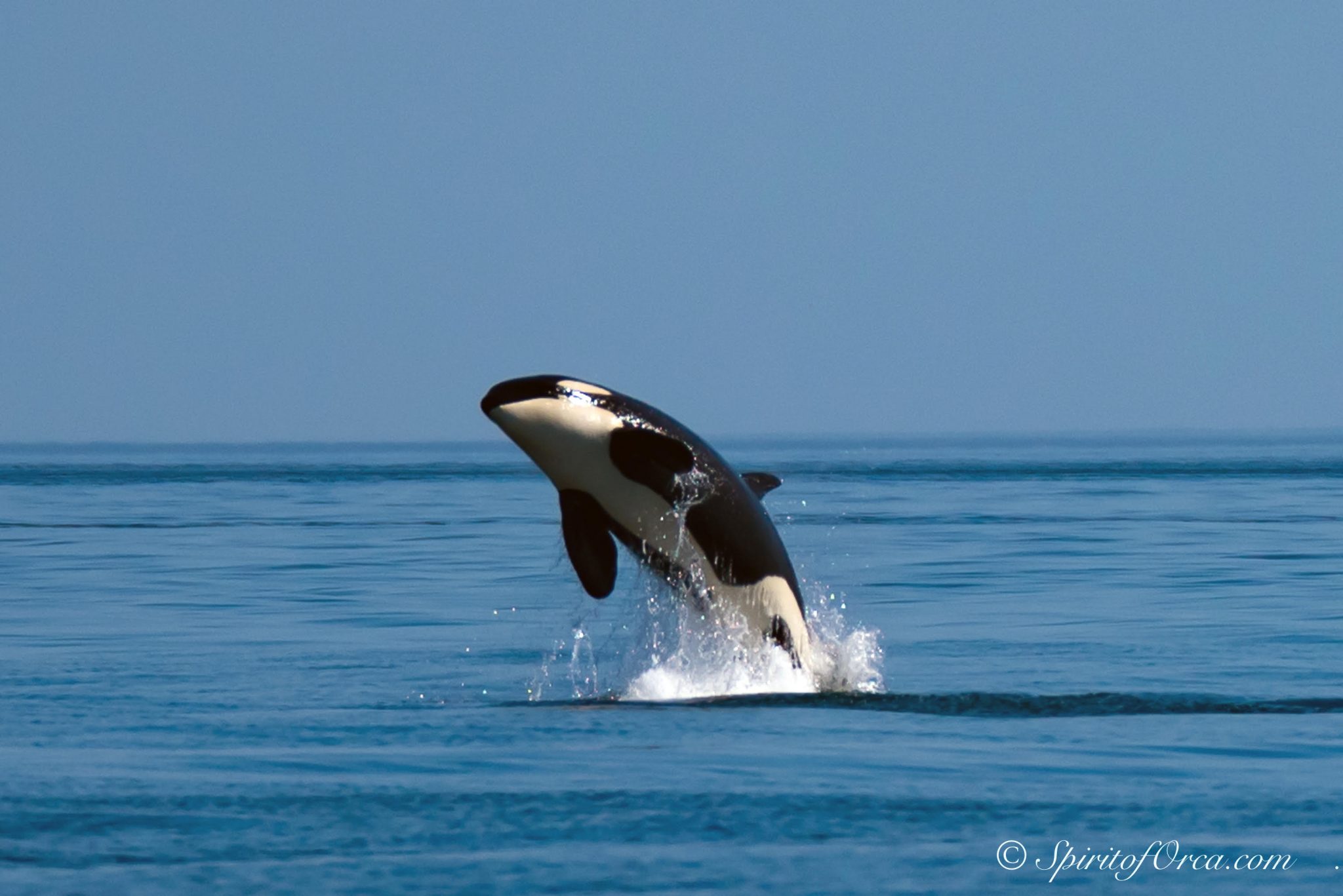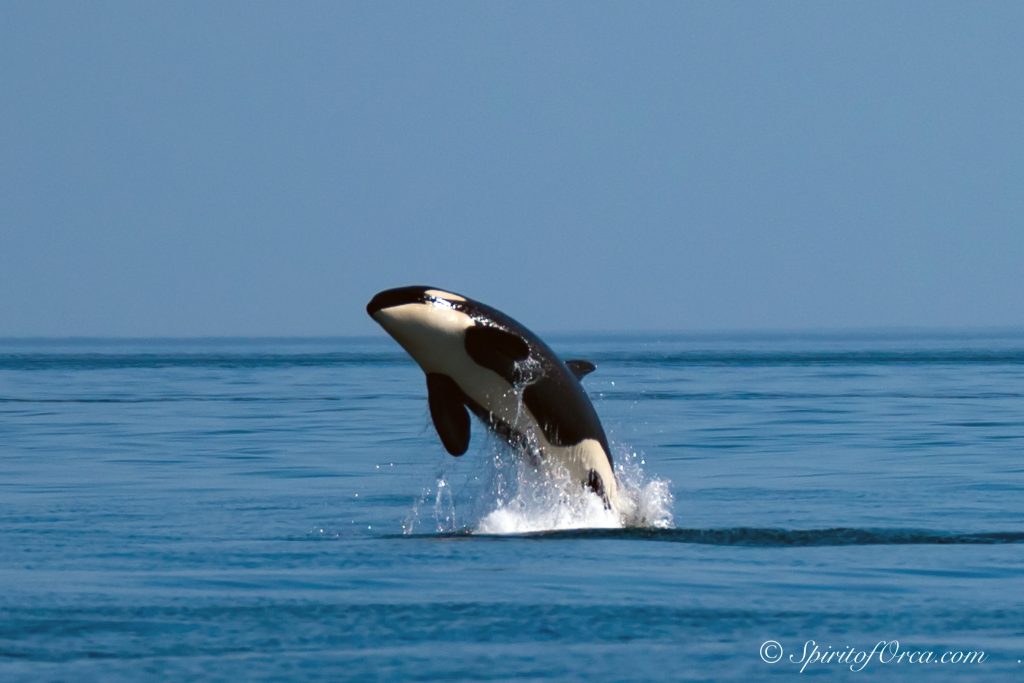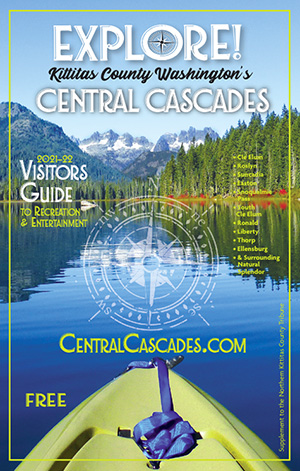- Possible 3-year suspension of southern resident orca watching
- Many proposals aimed at benefiting Chinook salmon, the orcas’ primary food supply
- Would also look at strengthening existing law protecting Chinook and orcas
By Sean Harding
WNPA Olympia News Bureau
OLYMPIA – Jan. 16, 2019 – Gov. Jay Inslee introduced an executive order last year establishing the Southern Resident Orca Task Force, directing state agencies to develop a long-term plan for recovering the species. After months of deliberation and input from the public, the task force developed 36 recommendations aimed at increasing the local population from 74 to 84 orcas over the next decade.
Also included in the proposal is $1.1 billion to fund orca and Chinook conservation in the state budgets.
Resident orcas are one of three main types of orcas found in Puget Sound.
“The whale is symbolically very important,” Rep. Brian Blake, D-Aberdeen, chair of the Agricultural and Natural Resources Committee, said in a telephone interview. “And part of our identity as a state.”
The recommendations support the task force’s four broad goals: Increasing the supply of Chinook salmon, one of the resident orcas’ primary food sources; decreasing disturbances and noise caused by watercraft; reducing toxic exposure, both for Orcas and their food supply; and increasing funding and information to support recovery efforts going forward.
Ten of the recommendations require legislation, including proposals to increase prosecution of violations of habitat and water quality regulations, strengthening existing law that protects the Chinook, developing incentives to encourage voluntary actions to protect orcas, and hiring a third party to establish a stakeholder process to consider the possibility of breaching or removing lower Snake River dams.
“We know that we’ve changed our environment, our ecosystem, over the last century and a half, dramatically, across the state of Washington,” Inslee said in a press conference last week. “And we will need to do many things to give the orcas a shot of survival.”
One of the proposals includes a three-year temporary suspension on all southern resident orca whale watching, as well as a minimum 400-yard distance from orcas and a “go slow” zone for all vessels within a half nautical mile of the mammals.
Rep. Drew MacEwan, R-Union, is a member of the task force. Although he recognizes the importance of the orcas in the region and agrees with some of the task force’s proposals, including salmon production, he said that Olympia sometimes overlooks the needs of small businesses.
“Some proposals are not thoroughly vetted,” he said. “Our work is not done. We need to continue to move forward.”
At least one whale-watching business says it is already taking measures not to disturb the mammals. Pete Hanke, the owner of Port Townsend-based Puget Sound Express, said resident orcas are just one type of whale his roughly 30,000 annual visitors can see on one of his tours. There are also Bigg’s orcas, offshore orcas, minkes, and humpback whales, seals and other wildlife that attract ecotourists.
Hanke said his newest ship is exceptionally quiet and the state Department of Fish & Wildlife sends officers to enforce existing whale-protecting regulations.
“I think we’re all on the same team,” Hanke said. “I just think it’s how we get to the right outcome that’s a concern.”






